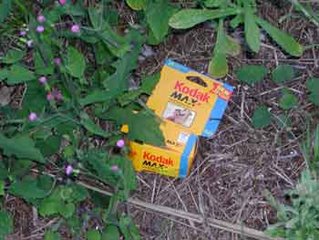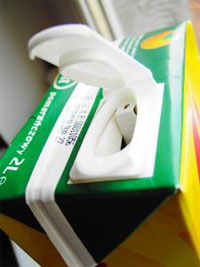Agent Cool Blue not so cool as 4 million bottles get recalled
Because of contamination by microorganisms. all lots of Glacier Mint and Bubble Blast flavors of Listerine Agent Cool Blue plaque-detecting rinse sold or distributed since the product's launch last year are being recalled effecting some 4 million bottles of product.
Fortunately this product recall does not affect any other Listerine products and it is likely that the alcohol contained in conventional Listerine products may have thwarted these contaminates.
Despite the use of preservatives in Agent Cool Blue, McNeil-PPC Inc said product testing showed contamination by microorganisms but added that the risk of illness after consuming the product is low, except for any individuals with weakened or suppressed immune systems. So far there has not been any report of consumer health problems.
If you have any of the products, return the product for a full refund. For further information check out the Agent Cool Blue web site or call (888) 222-0249.
Labels: 4 million, Agent Cool Blue, bottles, Bubble Blast flavors, consumer health problems., contaminates, contamination, Glacier Mint, Listerine, McNeil-PPC, microorganisms, recalled

